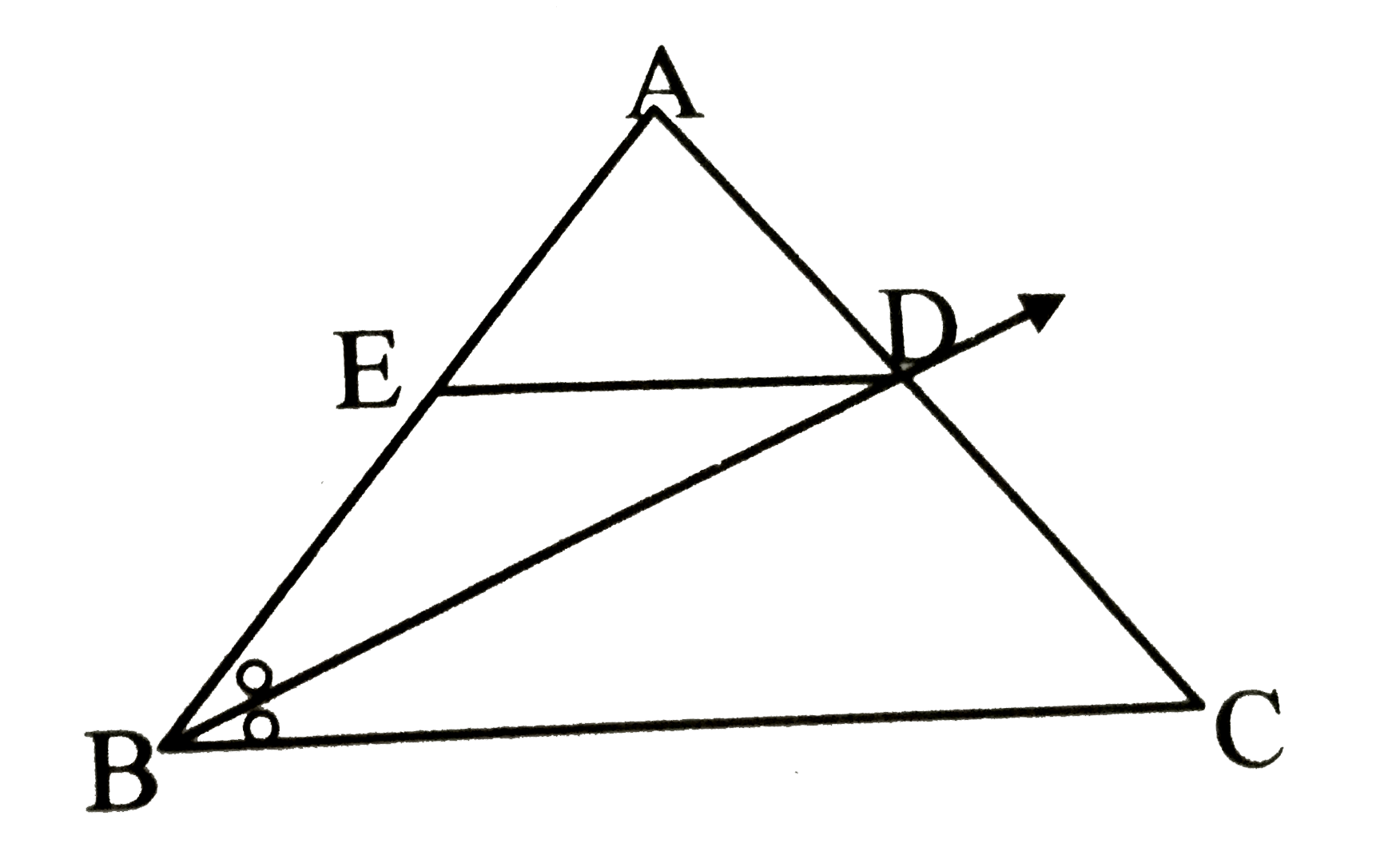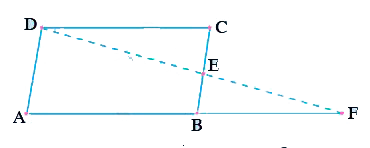In rectangle ABCD, E is the midpoint of side BC. Prove that, AE = DE.Solution in Gujrati
Step by step video & image solution for In rectangle ABCD, E is the midpoint of side BC. Prove that, AE = DE. by Maths experts to help you in doubts & scoring excellent marks in Class 9 exams.
Updated on:21/07/2023Topper's Solved these Questions
- TRIANGLESBOOK - KUMAR PRAKASHANCHAPTER - TRIANGLESEXERCISE - MULTIPLE CHOICE QUESTIONS
15 Videos
- TRIANGLESBOOK - KUMAR PRAKASHANCHAPTER - TRIANGLESEXERCISE - SUMS TO ENRICH REMEMBER
9 Videos
- TRIANGLESBOOK - KUMAR PRAKASHANCHAPTER - TRIANGLESEXERCISE - EXERCISE 7.5
4 Videos
- SURFACE AREAS AND VOLUMESBOOK - KUMAR PRAKASHANCHAPTER - SURFACE AREAS AND VOLUMESEXERCISE - MULTIPLE CHOICE QUESTIONS
18 Videos
Similar Questions
In △ABC,∠A=∠C,AC=5 and BC = 4. Then, the perimeter of △ ABC is ..........
View SolutionIn the given figures, OA = OB and OD = OC. Show that
(i) △AOD=△BOC and (ii) AD||BC

View SolutionABC is a triangle. Locate a point in the interior of △ ABC which is equidistant from all the vertices of △ ABC

View SolutionThe total surface area of a cuboid with length 20 cm, breadth 15 cm and height 10 cm is ……… cm2.
View SolutionIn a ΔABC,BD is the median to the side Ac, BD is produced to E such that BD = DE. Prove that AE is parallel to BC.
View SolutionD is the midpoint of side BC of △ABC and E is the midpoint of BD. If O is the midpoint of AE,
prove that ar(△BOE)=18ar(△ABC).

View SolutionIn ΔABC, D is the midpoint of side AB. Line DE∣∣ side BC. A−E−C. Prove that pont E is the midpoint of side AC.
View SolutionIn ΔABC, ray BD bisects ∠ABC. A-D-C, side DE||side BC, A-E-B, then prove that ABBC=AEEB.

View SolutionIn ΔABC ray BD bisects ∠ABC A−D−C,side DE || side BC
A−E−B
then prove,ABBC=AEEB
View SolutionThe points E, F , G and H are on the sides AB, BC , CD and DA respectively of the rectangle ABCD , such that AE = BF = CG = DH . Prove that EFGH is a parallelogram.
View SolutionABCD is a parallelogram in the following figure. The midpoint of BC is E. Prove that AB and DE are AF = 2AB, extended to F.
View SolutionIn the adjacent figure ABCD is a parallelogram and E is the midpoint of the side BC. If DE and AB are produced to meet at F, show that AF=2AB.

View SolutionIn the adjacent figure ABCD is a parallelogram and E is the midpoint of the side BC. If DE and AB are produced to meet at F, show that AF=2AB.

View SolutionIn the adjacent figure ABCD is a parallelogram and E is the midpoint of the side BC. If DE and AB are produced to meet at F, show that AF=2AB.

View SolutionIn the adjacent figure ABCD is a parallelogram and E is the midpoint of the side BC. If DE and AB are produced to meet at F, show that AF=2AB.

View Solution
